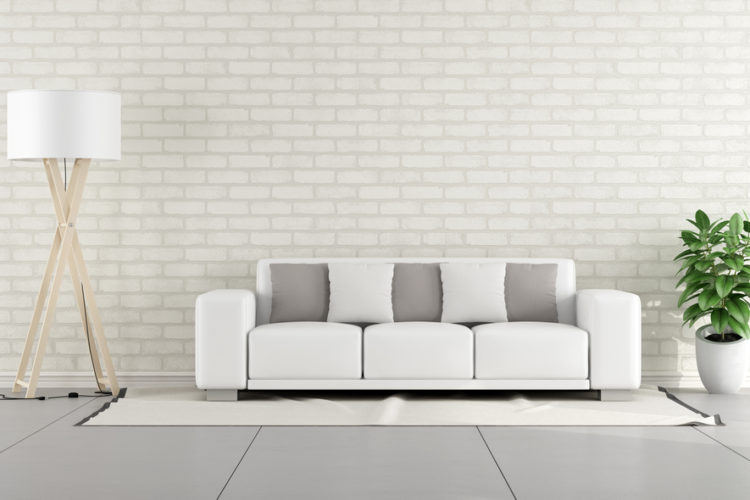Did you know that concrete is a legitimate option for residential flooring? It is actually fairly routine in some markets, like Arizona and Nevada. Concrete flooring is durable and long-lasting. It resists stains, dirt, and debris. Still, it is not always the best choice. In fact, far fewer homes have concrete flooring compared to those that don’t.
Perhaps you are planning to build a new home in the future. Depending on where you choose to build, concrete may or may not be an option for your flooring. If it is, think long and hard before you go with it. While it has plenty of positives, it also has its negatives.
Here are the top three reasons to stay away from concrete flooring:
-
1. It Is Extremely Hard
There is a reason concrete is a preferred building material for bridges, roads, etc. Here it is: concrete is extremely hard. It doesn’t give a whole lot compared to wood. Even ceramic tile or natural stone laid on top of a wood sub-floor has more give than concrete. Therefore, concrete floors can be tough on your feet and legs. Do not even think about rolling around on a concrete floor with the kids unless you have a thick throw rug underneath you.
The big issue with concrete’s hardness is its lack of shock absorption. When you walk on a wood floor, the wood absorbs some of the energy from your foot. It also flexes somewhat. Thus, there is less impact shock generated when your foot hits the floor. Not so with concrete.
Concrete absorbs very little impact energy. In fact, it reflects it back up into the foot. People with foot, knee, and hip problems often find concrete hard to walk on for extended periods. It is not the best flooring choice for people with diseases like osteoarthritis.
-
2. Moisture Damage
Modern Craftsman is a Salt Lake City company that designs and builds functional art for both houses and commercial buildings. Custom concrete floors are just one of the many things they do. They say that concrete is subject to moisture damage if it is not installed properly.
For example, a concrete floor may not stand up very well in an especially damp environments. Despite his hardness, concrete does absorb water. So an especially damp environment could lead to concrete absorbing water underneath it. Over time, that water can create problems. Seeping water stains concrete. Moisture can cause paint and other finishes to peel away.
-
3. Concrete Can Crack
Despite being durable and long-lasting, concrete can still crack under certain conditions. And when it does, affecting repairs can be somewhat challenging. Cracks are often the result of improper preparation and installation. But even flooring installed by concrete experts can crack under the right conditions.
Settling is one of the big issues. A concrete floor without a sufficient foundation underneath can crack as the house around it settles. Cracking can also be caused by paints and dies, moisture, and shifting soil.
The good news is that dies, paints, and patches can cover up minor cracks. In most cases, that’s all a typical homeowner deals with. But a major crack extending all the way across a room is a much more serious situation. A patch and some paint isn’t likely to do the trick.
Whether or not concrete is the right choice for residential flooring requires looking at a number of different factors. In some cases, homeowners want to stay as far away from concrete as possible. In others, it makes the most sense. Thank goodness there are multiple flooring options.


